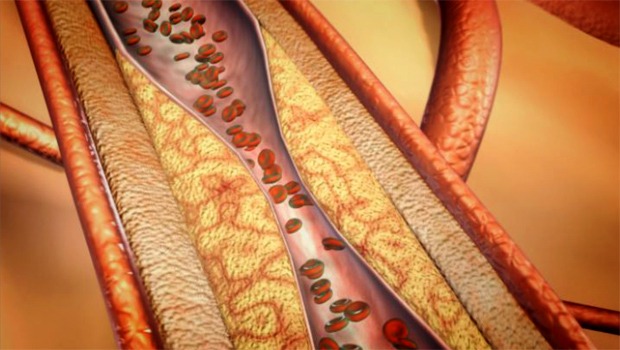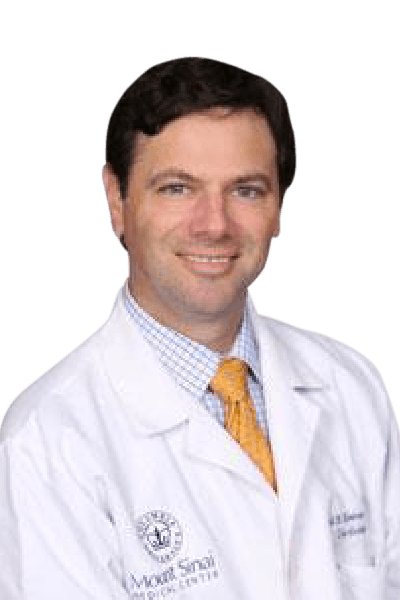Interventional cardiology consists of a series of non-surgical, minimally invasive procedures performed to treat cardiovascular disease. During a typical interventional cardiology procedure, a catheter is inserted into a blood vessel through a small incision in the groin or wrist and guided to the heart, enabling doctors to repair damaged vessels or other heart structures.
Interventional cardiology is often used to treat coronary artery disease, or the blockage of arteries. The inner surfaces of the arteries become blocked or dangerously narrowed by a buildup of fatty deposits, cholesterol, calcium and plaque. The blockage restricts blood flow to the heart, which can lead to a heart attack or other heart problems.
To determine if a patient has coronary artery disease, an intravascular ultrasound may be performed which is a special device used to get a better look at the artery. Pressure wires may also be used to measure the pressure in the artery to see if the blockage is severe. If there is severe blockage, angioplasty and stenting may be performed. In these procedures, a balloon placed at the tip of the catheter is inflated to stretch open the artery and restore blood flow to the heart. Usually, a stent – a small metal mesh tube – is expanded in the newly opened artery to act as a scaffold and keep the artery open.
Common risk factors for coronary artery disease include high blood pressure, high cholesterol, smoking, diabetes and obesity. Men who are in their 50s and older are at a greater risk of developing coronary artery disease, as are women who are in their 60s or older. Patients who have coronary artery disease may experience chest pain, but some other physical symptoms include shortness of breath, neck or jaw pain, sweating and nausea.
We are very fortunate that Mount Sinai Medical Center’s freestanding emergency room in Aventura is equipped with state-of-the-art equipment that can very rapidly evaluate patients suffering from coronary artery disease. If emergency catheterization is required, we have ambulances on standby to transport patients to our Miami Beach campus for immediate treatment.



